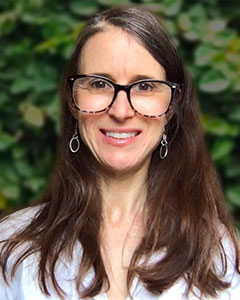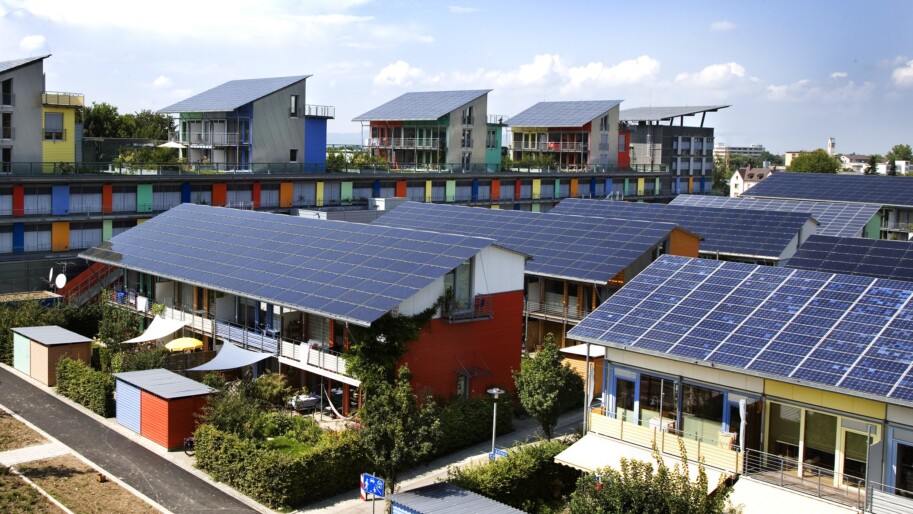With the publication of a study by Mark Z. Jacobson of Stanford University, the push for 100% renewables is seeing renewed fervor. A group of U.S. Mayors just announced that they will back 100% renewable energy targets, and Senator Kevin de León recently introduced a new bill, SB100, to establish an overall state target of 100% clean energy for California by 2045. Many are citing Jacobson’s study as proof of the viability of 100% renewables.
However, a new report by several respected energy experts disputes Jacobson’s findings, warning that policy makers should not make decisions based on Jacobson’s study. The 21 authors of that report include some of the most prominent climate change and clean energy experts in the country, like Ken Caldeira of Stanford, Daniel Kammen of U.C. Berkeley, and Varun Sivaram of the Council on Foreign Relations. The lead author is Christopher Clack, a former research scientist at the University of Colorado and current CEO of the grid modeling consultancy Vibrant Clean Energy. The authors contend that because decarbonization is so hard, it requires a more diversified approach (than Jacobson suggests) for success.
Jacobson remains steadfast.
“Virtually every sentence in the Clack article is false as evidenced by [my] line-by-line response,” he wrote in an email Saturday, referring to a counter-rebuttal he had written. “There is not a single error in our paper.”
One of the major points of contention is the ability of hydropower to meet peak demand. In Jacobson’s vision, hydropower would not be used daily, but instead stored up large amounts of water for massive discharge on a few peaks each year. He assumes retrofits of higher capacity turbines on existing dams could make this possible.
In addition, Jacobson’s grid reliability study does not model the spatial dimensions of the transmission system (which must carry power over many miles from where it’s generated to where it is needed). Jacobson contends that he included 30-second time resolution instead (to illustrate that there’s enough power in the whole system at any given minute), while other models focus more on spatial resolution with less granular time resolution. He says models always require tradeoffs.
Jacobson devotes a large part of the study to storage. His model uses six types of storage, but does not include lithium ion batteries because of their cost. Underground thermal energy storage (UTES), modeled on a government-funded pilot project called Drake Landing in Canada, handles all storage for building air and water heating, and dwarfs the other types of storage. The reliance on UTES requires the technology to quickly transition from pilot scale to nearly every building heating system in the United States. Chilled water storage and ice storage handle cooling in Jacobson’s models. Of the six types of storage Jacobson discusses, only pumped hydro has achieved widespread commercial use on the grid.
In his rebuttal Jacobson said of the nascent storage technologies, “When something is so simple, and it’s cheap already, it has tons of potential to be commercialized and used on a large scale, particularly in new communities.”
With time running out on climate action and many decisions to be made about how to slash emissions, the debates sparked by Jacobson’s study may literally determine the fate of the planet for millennia. Stakes are high and both Jacobson and Clack clearly wish to see climate action moving forward. No matter who is right, investing in renewables, storage and grid technologies to the tune of trillions of dollars is essentially the task before us.
Jacobson’s report has given many people the imagination and moral courage to reach for what the planet is demanding. Many would argue that those are the ingredients that have been lacking in humanity’s struggle to stop climate change. So perhaps, despite the shortcomings of his report, we owe Jacobson more than a scathing review.
Related: An Interview With Mark Jacobson on the 100% Renewables Debate


